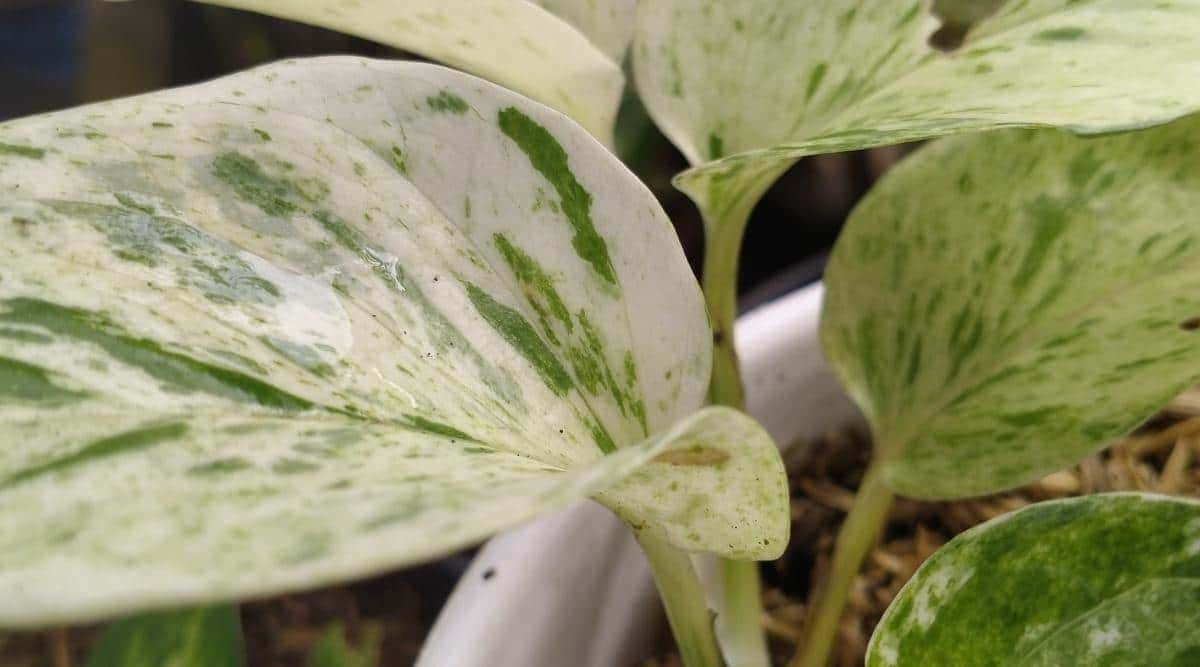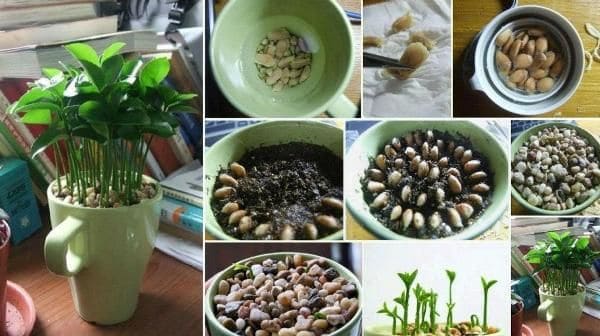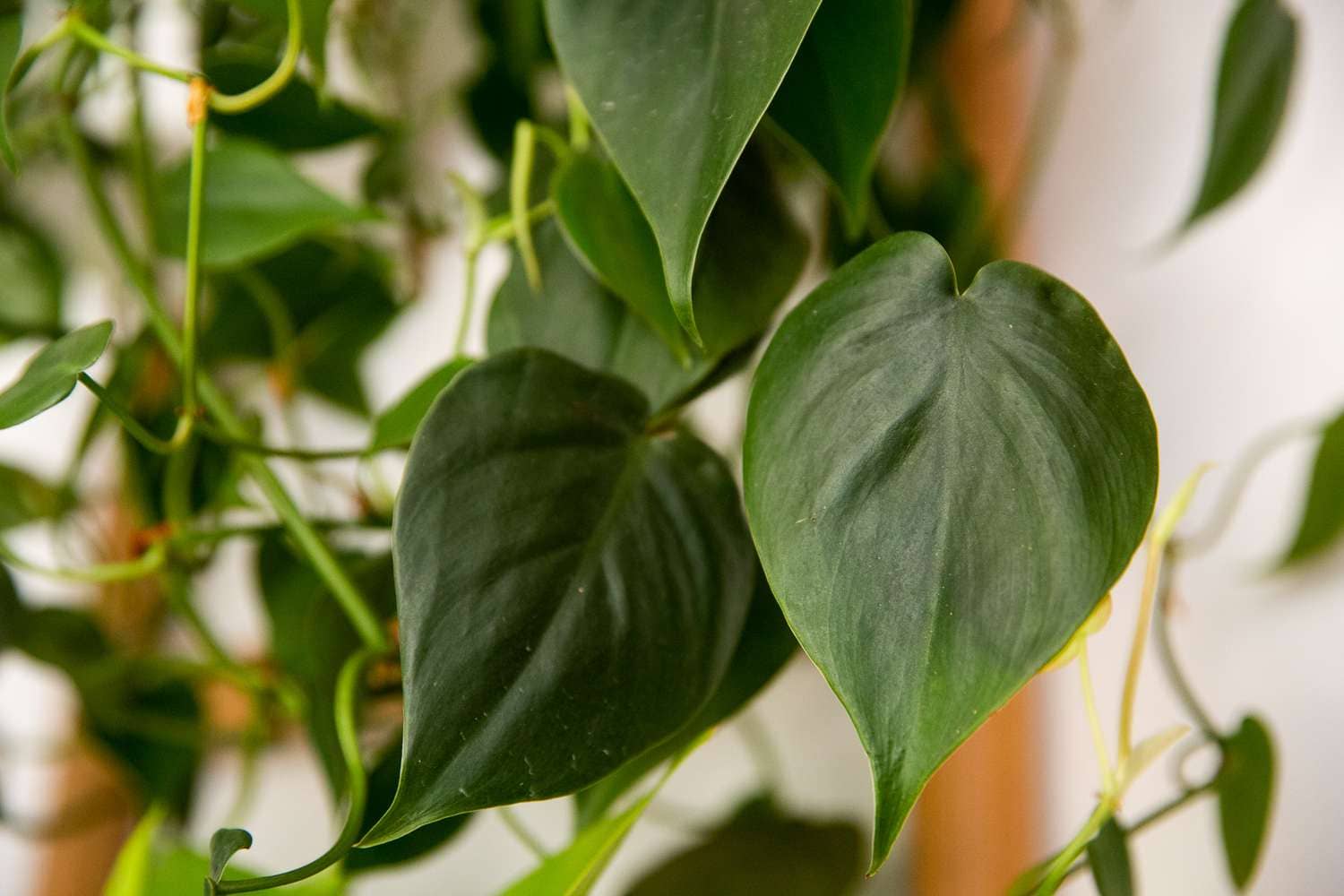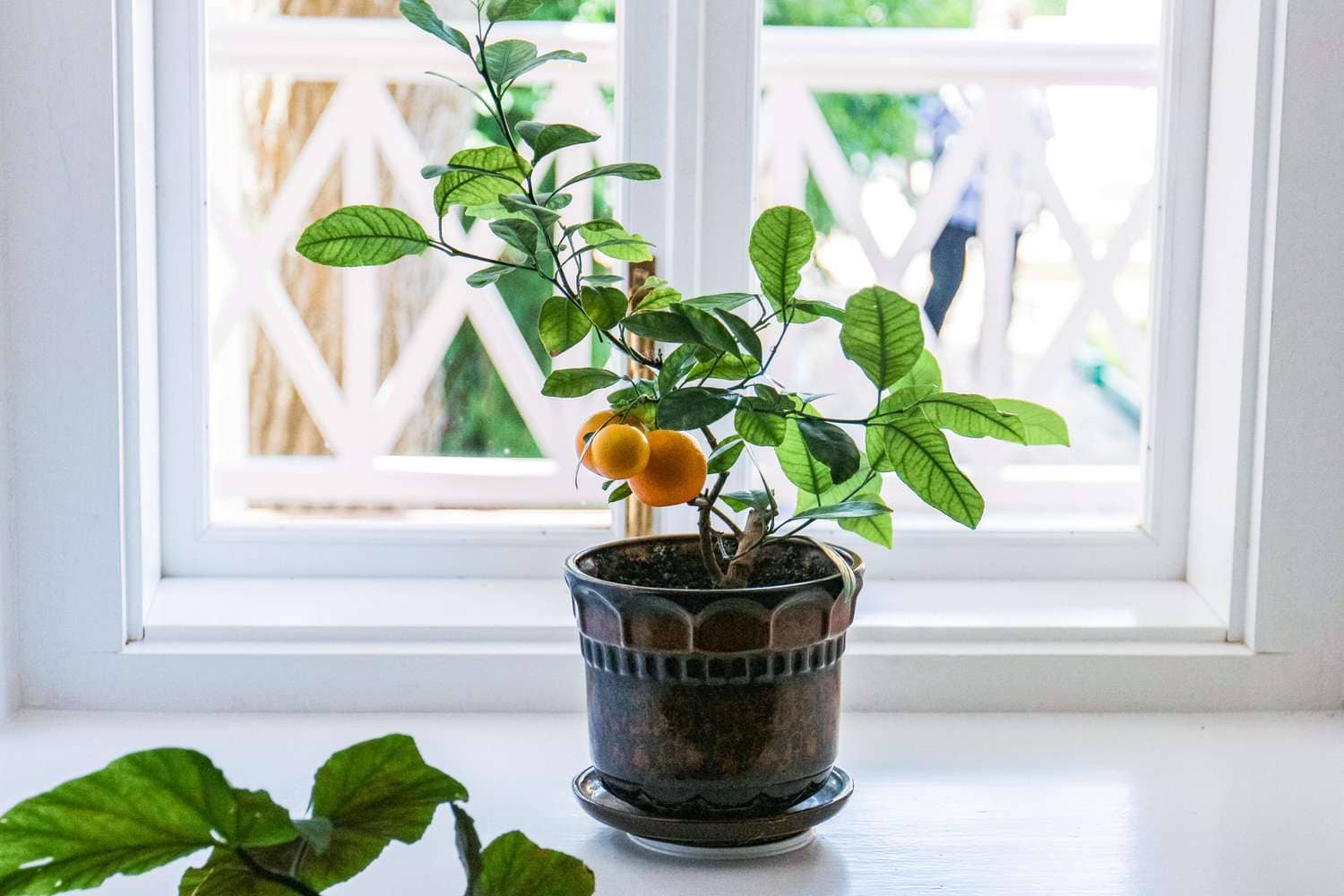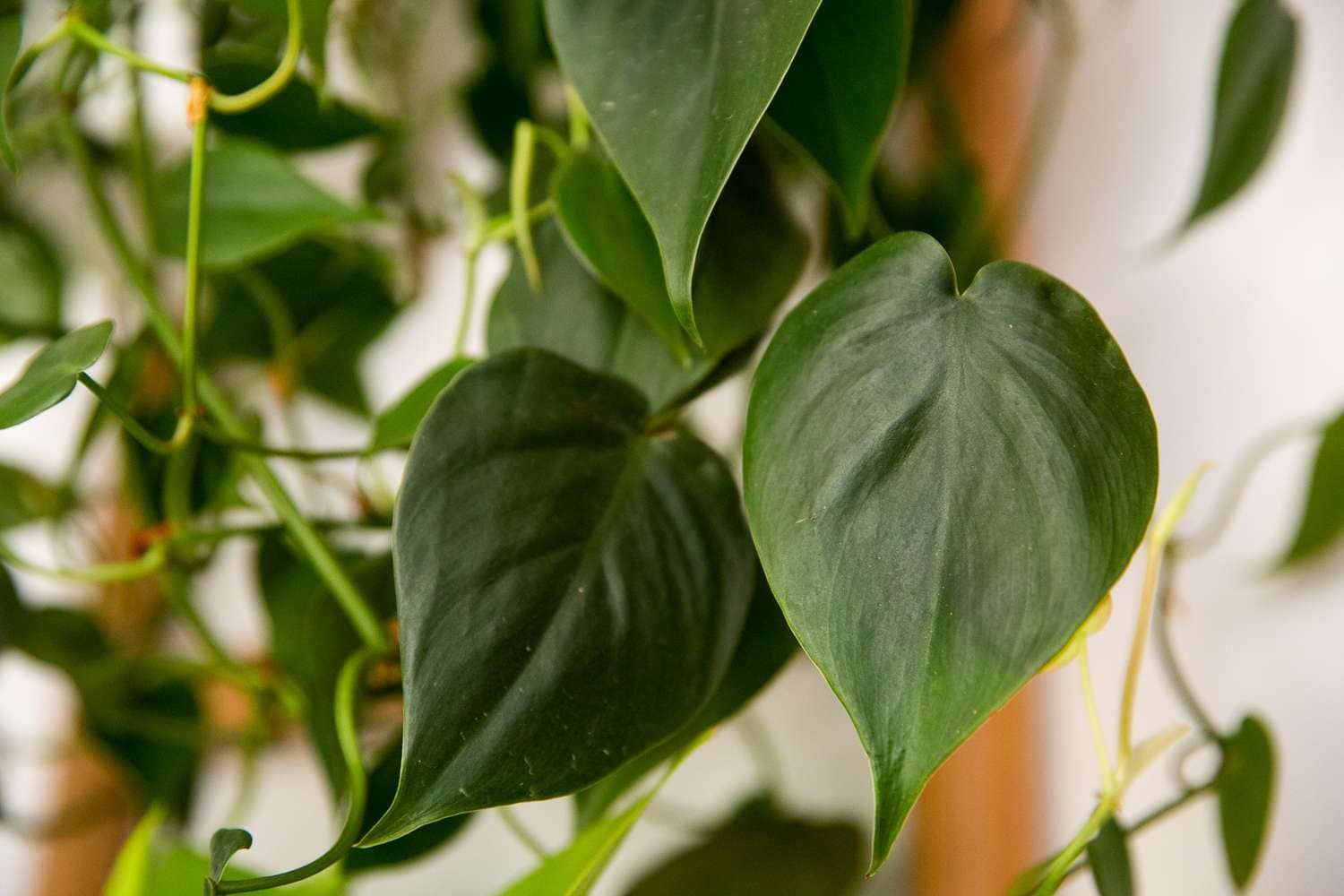Snow Queen Pothos, also known as Epipremnum aureum ‘Snow Queen,’ is a stunning and popular houseplant known for its attractive variegated leaves. This low-maintenance plant is an excellent choice for both beginners and experienced plant enthusiasts. In this comprehensive guide, we will explore the steps to successfully grow and care for Snow Queen Pothos, ensuring its health and beauty thrive in your indoor space.
Introduction to Snow Queen Pothos
Snow Queen Pothos belongs to the Araceae family and is a cultivar of the well-known Devil’s Ivy or Golden Pothos. Its distinctive feature is its heart-shaped leaves with splashes of white and green, creating a snow-like effect. This hardy plant is renowned for its air-purifying qualities, making it a fantastic addition to any home or office.
Ideal Growing Conditions
- Light: Snow Queen Pothos thrives in indirect, bright light but can adapt to lower light conditions. Avoid exposing it to direct sunlight for extended periods, as this can scorch the delicate leaves.
- Temperature: Maintain a consistent temperature between 60°F to 80°F (15°C to 27°C). Snow Queen Pothos can tolerate slightly cooler temperatures but should be protected from drafts and sudden temperature fluctuations.
- Humidity: While adaptable to various humidity levels, this plant prefers higher humidity. Regular misting or placing a humidifier nearby can create an optimal environment.
Choosing the Right Pot and Soil
- Pot: Select a well-draining pot with drainage holes to prevent waterlogging. A slightly larger pot than its current one is suitable for encouraging growth.
- Soil: Use a high-quality, well-aerated potting mix with good drainage. A mix of peat, perlite, and pine bark is ideal for Snow Queen Pothos.
Watering Guidelines
- Frequency: Allow the top inch of soil to dry before watering. Overwatering can lead to root rot, so it’s crucial to strike a balance. Water more frequently in the growing season (spring and summer) and reduce watering in the dormant period (fall and winter).
- Water Quality: Use room-temperature water to avoid shocking the roots. Ensure that excess water can escape through the drainage holes.
Fertilizing Routine
- Frequency: Feed Snow Queen Pothos with a balanced liquid fertilizer every 4-6 weeks during the growing season. Reduce or eliminate fertilization in the dormant phase.
- Dilution: Follow the recommended dilution on the fertilizer package. Over-fertilizing can harm the plant, so it’s essential to adhere to the guidelines.
Pruning and Propagation
- Pruning: Trim leggy or yellowing stems to maintain a bushy and compact appearance. Regular pruning encourages new growth.
- Propagation: Snow Queen Pothos is easily propagated through stem cuttings. Simply cut a healthy stem below a node, place it in water until roots develop, and then transfer it to soil.
Common Pests and Diseases
- Pests: Keep an eye out for common pests like spider mites and aphids. Regularly inspect the leaves and treat infestations promptly with insecticidal soap.
- Diseases: Ensure proper ventilation to prevent fungal issues. If detected, treat with a fungicide according to the product instructions.
Troubleshooting Common Issues
- Yellow Leaves: Yellowing may indicate overwatering, underwatering, or nutrient deficiencies. Adjust watering and feeding accordingly.
- Brown Tips: Brown leaf tips can result from low humidity or salt buildup in the soil. Increase humidity and flush the soil occasionally to resolve this issue.
Final Tips for Success
- Rotate the plant regularly to ensure even growth.
- Wipe the leaves with a damp cloth to remove dust and keep them glossy.
- Monitor the plant’s growth and adjust care routines accordingly.
By following these guidelines, you’ll create an optimal environment for your Snow Queen Pothos to thrive, enhancing your indoor space with its beauty and contributing to a healthier living environment.

